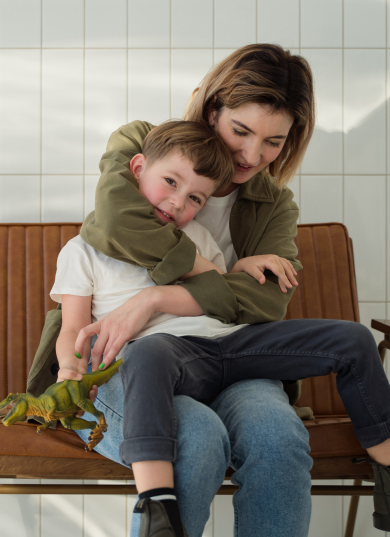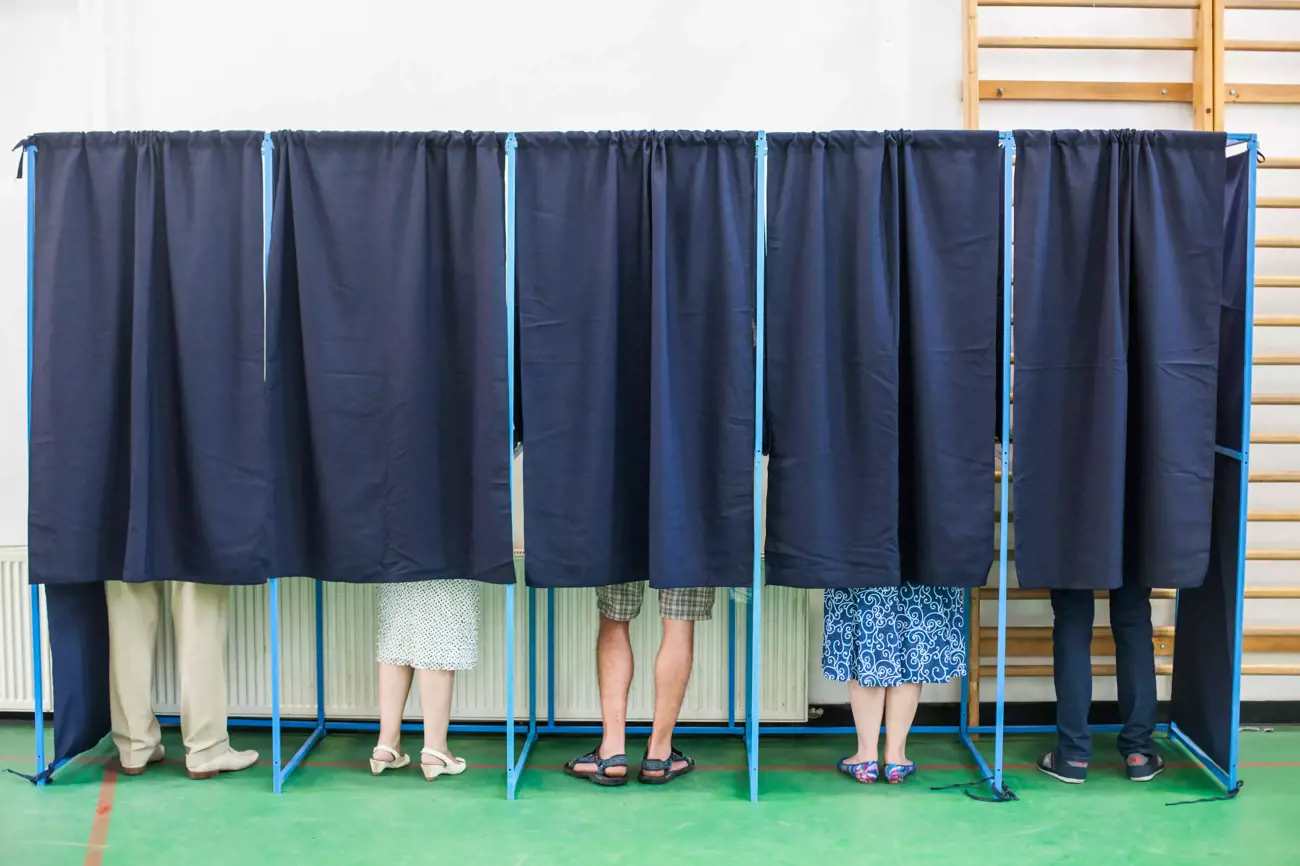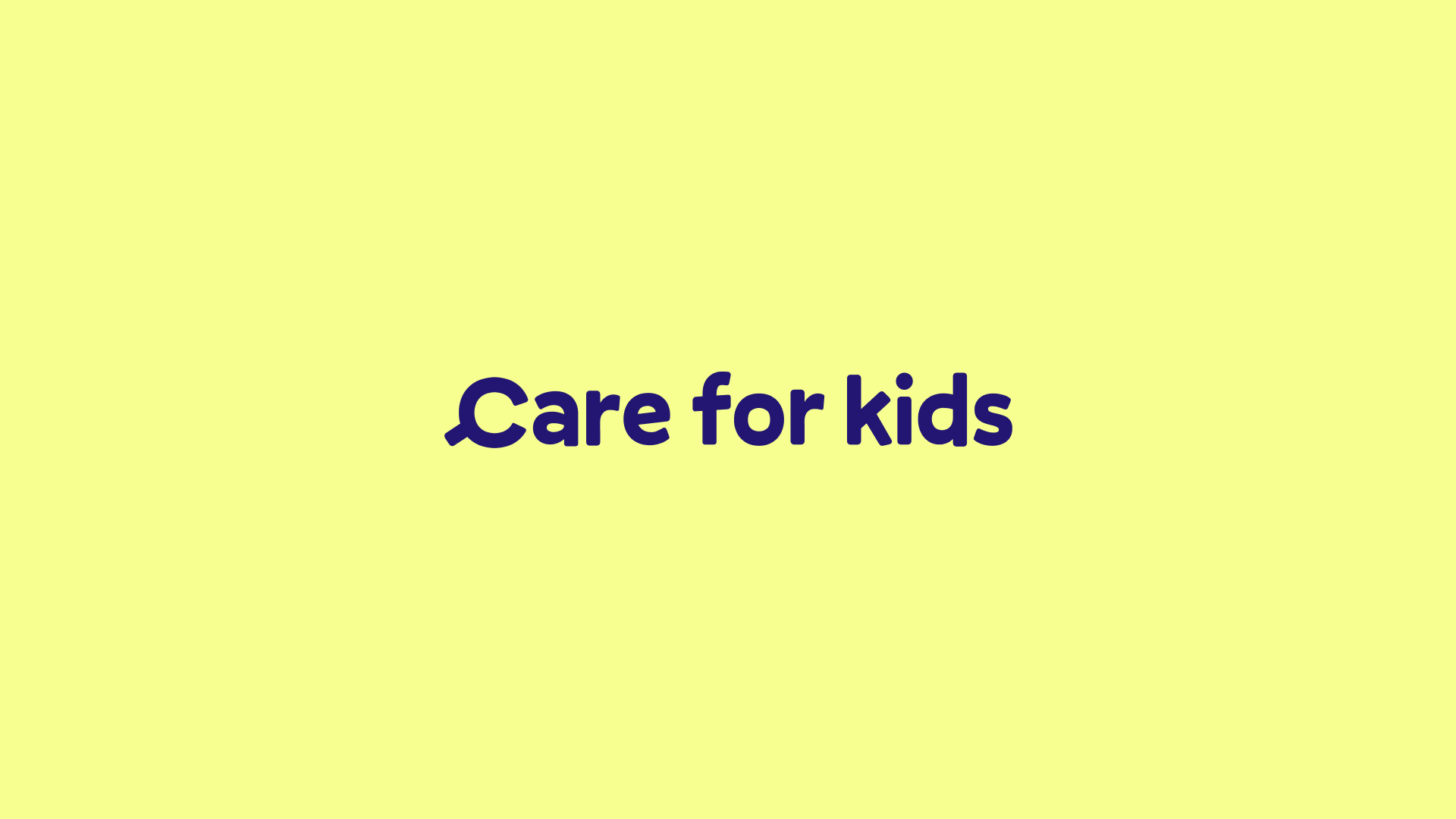The federal election is fast approaching and the issue of childcare is a hot topic for the three major parties.
With the cost of living rising, and after a challenging year for the childcare industry, the major political parties are re-evaluating the way childcare looks for Australian families.
The way in which we view childcare and the role of the primary caregiver, can be reinvented and changed, thanks to a 2018 report conducted by KPMG.
KPMG found that an estimated 6,500 talented women can be in the Australian workforce if we reduce workforce disincentives.
What is a workforce disincentive?
Women who were of high-calibre in their field, were stuck working less hours a week, or not at all, due to the current childcare system that disincentivised working. When the study was conducted in 2018, the Liberal party, at the time, had a subsidy threshold cap of $10,655.
KPMG investigated that it can cost some professionally qualified working mums almost $30 a day in tax, lost payments, and out-of-pocket childcare expenses if they increase their working days from three to four per week. Other working mums can lose almost $80 a day if they move from four to five days a week.
In short, KPMG discovered that it is more worthwhile for working mums to only work three days a week in order to cover the costs of childcare.
KPMG proposed that by reducing workforce disincentives (such as the ones aforementioned) that face professional university-educated women, up to 12 million estimated working hours could be added to the economy annually.
What does this mean?
Currently the system is disencouraging women to work more hours. Women have to pay to work that extra day, once taxes, childcare expenses and lost payments all get added up. All major parties have identified this problem, and have proposed new policies in which to address the issues facing working parents.
What are the policies?
The Coalition government (Liberal):
The Coalition government recently axed their childcare subsidy threshold of $10,655 for all families, no matter their combined income. This new policy came into effect from December 2021.
The Coalition government’s childcare policy states that 90% of families using approved childcare are eligible for a childcare subsidy between 50%-85%. Furthermore, the Coalition government has implemented that for a second child the subsidy increases up to 30%, for a maximum of 95%.
However, the Coalition government has a combined income cap. If your household earns a combined income of $354,305 or over per year, you are not eligible to receive any subsidy for childcare.
What does this mean?
Parents can have savings of up to $2,260 a year, as well as 50% of eligible families will receive the maximum 95% subsidy for the second or third child in care. These changes will result in approximately 40,000 parents being able to work that extra day per week.
For low income families or single parents that earn $70,000 or less, they are eligible for an 85% subsidy on their first child (and up to 95% for two or three children in care).
For families that earn a combined income between $175,015 and $275,305, you will be eligible for a 50% childcare subsidy rate.
The Australian Labor party:
The Labor party is proposing that the government should lift the maximum childcare subsidy rate to 90% for families for the first child in care, as well as keep a higher childcare subsidy rate for the second and additional children in care.
Labor also proposes to increase the childcare subsidy rates for every family with one child in care that earns a combined income of less than $530,000. This is an $180,000 combined income increase compared to the current government policy of $354,000.
The Labor party proposes that this scheme should be implemented to outside school hours care as well.
The Labor party states that 96% of Australian families will be better off.
What does this mean?
Under a Labor government, households earning $80,000 a year would only pay 10% of their childcare costs. Overall the Labor government believes that 96% of families would be better off, and save between $600-$2,900 a year in childcare costs.
Low income families that earn $75,000 or less are eligible for a 90% subsidy on their first child, and up to 95% for any additional children. This is a 5% increase on the current policy.
For families with a combined income between $120,000 and $250,000, you are eligible for 82%-56% subsidy.
The current policy, implemented by the Coalition government states that families who have a combined income of $354,000 should not be eligible for any subsidy. Whereas, the Labor party is proposing to increase that threshold to $530,000.
The Australian Greens:
Comparatively, to the Liberal and Labor parties, The Australian Greens propose that childcare should be universally free and accessible to all families.
Leader of The Greens party, Adam Bandt, believes that childcare should be an essential service and should be treated like public schools in that regard.
Senator Bandt believes that the cost and availability of childcare is a gender equality issue, with women being the most affected.
He says, “Too many families are stuck in the horrible bind where the cost of additional childcare eats up any extra you earn from doing more paid work. For many women and families, doing more paid work is a ‘break even’ proposition at best.”
These beliefs are why The Australian Greens propose that all childcare should be free, accessible and de-privatised.
What does that mean?
The Australian Greens hope to create a childcare system that is free, accessible, and high-quality for all Australian families, including out of school hours care.
The Australian Greens believe that the benefits of investment in early childhood education reduce poor school attendance and social disengagement in later years. Making childcare free also encourages the carers of children back into the workforce.
Where does Australia rank in childcare?
Currently, Australian children are lagging behind other comparable countries when it comes to participation in early childhood education. This is due to the current system being fragmented and expensive.
Australia has a 66% attendance rate for 3-year-olds attending childcare and an 86% attendance rate for 4-year-olds attending childcare.
According to the OECD (Organisation for Economic Co-operation and Development), the average attendance for 3-year-olds attending childcare globally is 72% and 85% for 4-year-olds.
Check it out here.
References and sources:
- Australian Labor party policies
- Coalition government policies
-
Bandt push for free childcare as next step in Green New Deal plan


































